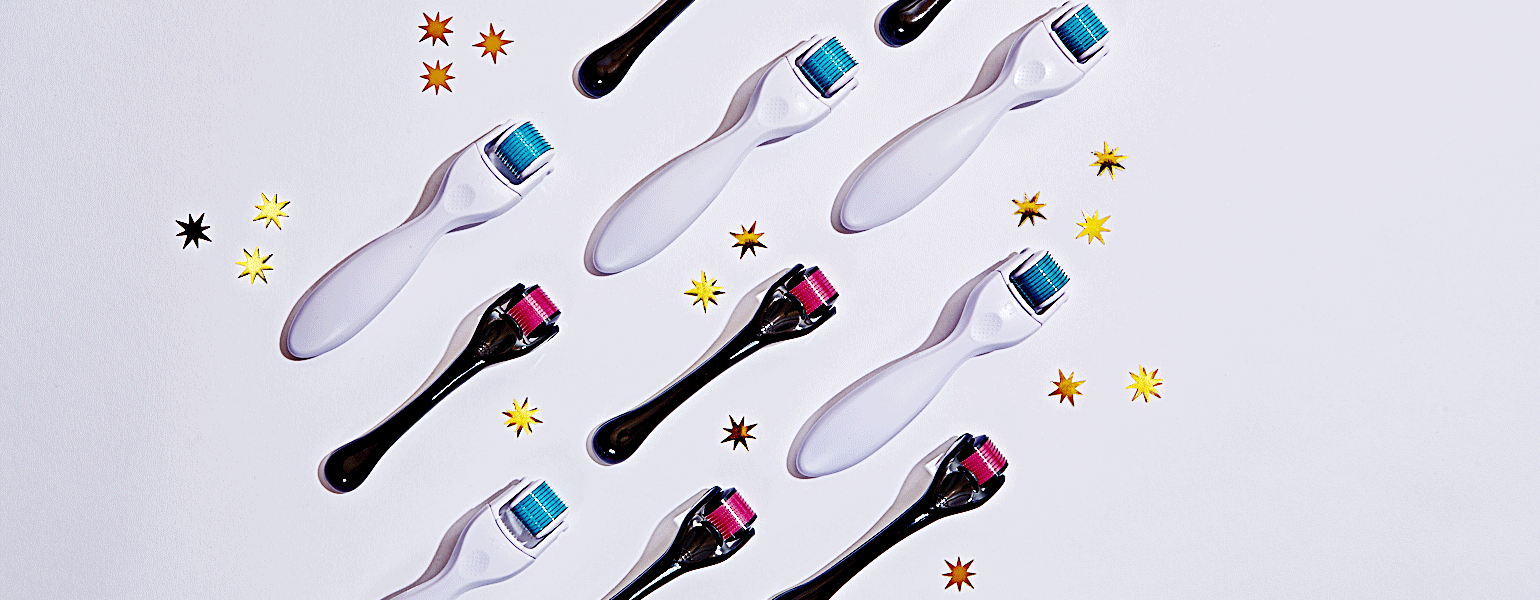What is it? Dermarolling — a less-scary word for microneedling — is a skin-care process in which you puncture the skin in your face to stimulate skin repair and cell regeneration.
How does it work? It’s all about the dermaroller, a handy tool covered in tiny titanium needles. When the head is rolled onto your skin, the needles penetrate its outer layer. This sensation tricks your skin into thinking it’s experiencing trauma (it’s not!), signaling collagen to rush to the surface. The collagen helps diminish wrinkles, dark circles, acne scars and other nasties. The process also stimulates blood flow. The result is a brighter and plumper complexion.
Who does it? A dermatologist can do the treatment in-office (for about $250), which yields a more immediate and dramatic change. You can also purchase a dermaroller online and DIY. (The well-reviewed StackedSkincare Collagen Boosting Micro-Roller retails on Amazon for $30.)
Aren’t the needles painful? There is a technique to it. Roll horizontally, vertically and diagonally over your face for no more than two minutes, using a level of pressure that feels comfortable. You can roll as often as five times a week or as little as once a month and get that glow.
What else should I know? Prep work is key: Cleanse the skin thoroughly first, and apply a layer of serum before and after the process. Your tool should be properly disinfected as well. Follow all the directions and, as always, check with a dermatologist before trying a new procedure.

Meiko Takechi Arquillos








